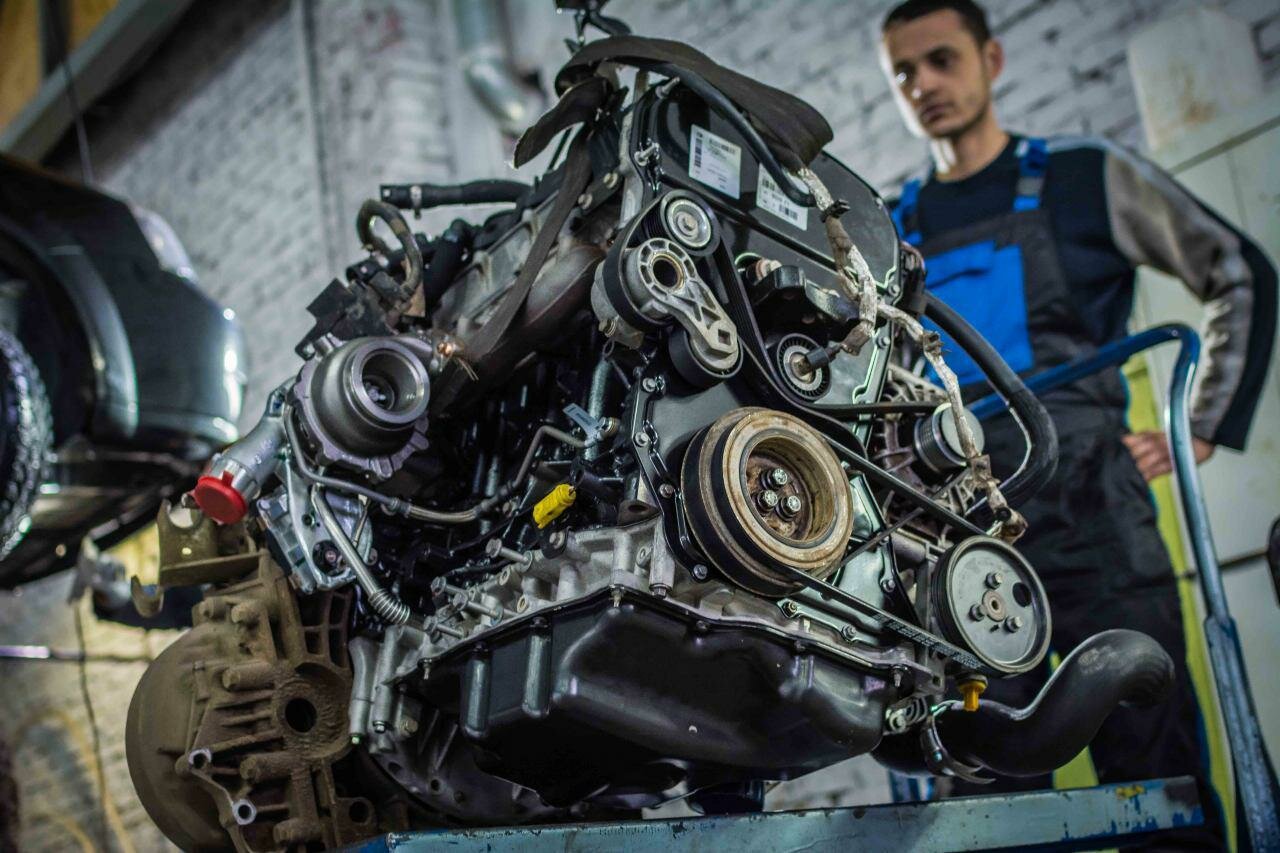Dodge Journey 2.4 Engine Overview
The Dodge Journey, a midsize crossover SUV, was first introduced in 2008 as a versatile family vehicle designed to cater to a wide range of consumers. With its spacious interior, flexible seating options, and a variety of engine choices, the Journey quickly gained popularity among families and individuals alike. Among these engine options, the 2.4-liter inline-four engine stands out as a more economical choice, appealing to those looking for a balance between performance and fuel efficiency.
However, as the years progressed, the Journey’s reputation began to be marred by a series of engine-related issues, particularly concerning the 2.4-liter variant. While the engine was initially praised for its fuel economy, drivers soon reported a range of problems that would overshadow its benefits. These issues have led to increasing scrutiny from both consumers and automotive experts, raising questions about the reliability and longevity of the Dodge Journey, particularly for those who opted for the 2.4-liter engine.
As Dodge phased out the Journey in 2020, the lingering concerns about the 2.4 engine remain relevant for used car buyers and current owners. Understanding the common problems associated with this engine is crucial for anyone considering purchasing a used Journey or for those experiencing issues with their current vehicle. This article will delve into the specific problems linked to the Dodge Journey’s 2.4 engine, providing a clear and straightforward examination of what potential and current owners should be aware of.
Common Issues with the Dodge Journey 2.4 Engine
The Dodge Journey’s 2.4-liter engine has garnered attention for several notable problems that can impact performance, reliability, and overall driving experience. Understanding these issues is essential for current owners and potential buyers alike. Below are some of the most frequently reported problems associated with this engine.
1. Engine Stalling
One of the most alarming issues reported by Dodge Journey owners is engine stalling. This can occur unexpectedly while driving, posing a serious safety risk. Common causes of stalling in the 2.4 engine include:
-Fuel Pump Failure: A malfunctioning fuel pump can lead to inadequate fuel delivery to the engine.
-Ignition System Problems: Faulty spark plugs or ignition coils can disrupt the combustion process.
-Sensor Failures: Issues with sensors such as the crankshaft position sensor can cause the engine to stall.
2. Excessive Oil Consumption
Many owners have noted that the 2.4 engine tends to consume oil at an alarming rate. This can lead to several complications, including:
-Frequent Oil Changes: Owners may find themselves needing to add oil more frequently than expected.
-Engine Damage: Prolonged oil consumption can lead to severe engine wear and potential failure.
-Increased Emissions: Excessive oil consumption can result in higher emissions, failing environmental standards.
3. Overheating Issues
Overheating is another significant concern for the Dodge Journey’s 2.4 engine. This can be attributed to several factors:
-Coolant Leaks: Leaks in the cooling system can lead to insufficient coolant levels.
-Thermostat Failure: A malfunctioning thermostat can prevent proper coolant circulation.
-Water Pump Issues: A failing water pump can hinder the engine’s ability to maintain optimal temperatures.
4. Timing Chain Problems
The timing chain in the 2.4 engine is critical for synchronizing the engine’s components. Problems with the timing chain can lead to severe engine damage. Common issues include:
-Chain Stretching: Over time, the timing chain can stretch, leading to misalignment.
-Tensioner Failure: A failing tensioner can result in a loose timing chain, causing rattling noises and potential engine failure.
5. Transmission Compatibility Issues
While not directly related to the engine itself, transmission problems can exacerbate engine issues. The 2.4 engine is often paired with a 4-speed automatic transmission, which has its own set of problems, including:
-Rough Shifting: Owners report harsh or erratic shifting, which can strain the engine.
-Transmission Fluid Leaks: Leaks can lead to low fluid levels, affecting both transmission and engine performance.
Top views |
|
|---|---|
 |
Oil, Timing Chains, Pistons: What Really Kills an Engine Prematurely? |
 |
How to Choose a Car with a Reliable Engine: Used Car Market Hacks That Actually Work |
Symptoms and Consequences
Understanding the symptoms associated with these problems can help owners take proactive measures to avoid severe consequences. Below is a table summarizing common symptoms and their potential consequences:
| Symptom | Possible Consequence |
|---|---|
| Engine stalling | Increased risk of accidents |
| Excessive oil consumption | Engine wear and potential failure |
| Overheating | Severe engine damage |
| Rattling noise from engine | Timing chain failure |
| Rough transmission shifting | Increased strain on engine components |




0 Comments